Latest Reports
-
![Balancing Efficiency with Strategic Impact by Embracing Digital Transformation MoneyShot 2 - Balancing Efficiency with Strategic Impact by Embracing Digital Transformation]()
Balancing Efficiency with Strategic Impact by Embracing Digital Transformation
As enterprises accelerate digital transformation, procurement is shifting from efficiency‑driven operations to a future‑focused role as a value orchestrator. This year witnessed providers achieving up to 30% revenue growth, fueled by automation, AI‑driven insights, and spend optimization. Organizations are adopting outcome‑based partnerships, emphasizing flexibility, measurable results, and innovation. At the same time, over 65% of investments are directed toward human capital and R&D, ensuring both technological advancement and workforce upskilling. The development of supplier collaboration and Gen AI‑powered platforms indicates a shift in procurement, which now focuses on resilience and agility as well as cost management. Both demand-side and supply-side trends are covered in our Procurement Business Process Transformation 2025 Market Insights ™ and Procurement Business Process Transformation 2025 RadarView ™, respectively.
August, 2025
-
![Procurement Business Process Transformation 2025 RadarView™ Image RV - Procurement Business Process Transformation 2025 RadarView™]()
Procurement Business Process Transformation 2025 RadarView™
The Procurement Business Process Transformation 2025 RadarView™ assists organizations in identifying strategic partners for procurement business process transformation by offering detailed capability and experience analyses for service providers. It provides a 360-degree view of key procurement business process transformation service providers across practice maturity, domain ecosystem, and investments and innovation, thereby supporting enterprises in identifying the right service partner. The 60-page report highlights top supply-side trends in the procurement space and Avasant’s viewpoint on them.
August, 2025



















